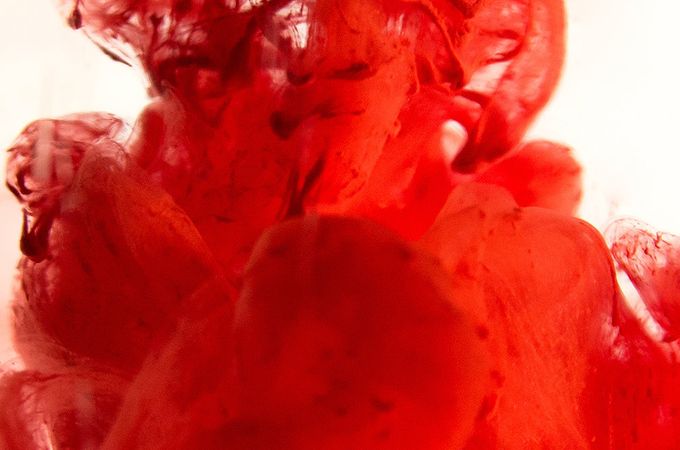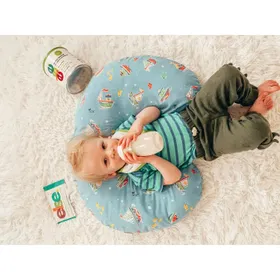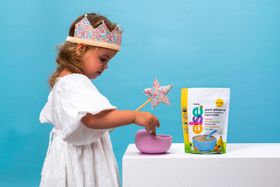The Red Flag on Red Dye No. 3: Why Else Nutrition Stays True to Natural Ingredients
Updated November 13, 2024

When it comes to the food we put on our tables and in our children's mouths, making informed choices is crucial. Among the many additives in food products today, one that has raised concerns is Red Dye No. 3, also known as Erythrosine. Used to give food and beverages a vibrant red or pink color, it can be found in various products, from candies and soft drinks to baked goods and even pediatric nutritional supplements. However, it's important to note that Red Dye No. 3 has been banned in European foods and U.S. cosmetics for a reason, and its potential health risks have been the subject of numerous studies.
Red Dye No. 3 has garnered a considerable amount of attention due to the potential health risks associated with its consumption. The concern is particularly significant when it comes to children's diets, as they are more vulnerable to the effects of synthetic food colorants.
Else Nutrition products are free from all food colors and dyes, including red dye no 3.
» Ditch the Dyes! Read about the whole foods difference of Else Nutrition We understand that, as parents, you want the best for your children, including making informed choices about their diets. Our commitment to using natural and wholesome ingredients in our pediatric nutritional products reflects our dedication to promoting health and wellness in every child's life.









